Contents
Guide
Published by Collins
An imprint of HarperCollinsPublishers
Westerhill Road, Bishopbriggs, Glasgow G64 2QT
www.harpercollins.co.uk
HarperCollinsPublishers
1st Floor, Watermarque Building,
Ringsend Road, Dublin 4, Ireland
In association with
Royal Museums Greenwich, the group name for the National Maritime Museum,
Royal Observatory Greenwich, the Queens House and Cutty Sark
www.rmg.co.uk
With special thanks to Emily Drabek-Maunder
HarperCollins Publishers 2022
Text Tom Kerss
Cover photograph Tom Kerss
Images and illustrations: See Acknowledgments
Collins is a registered trademark of HarperCollins Publishers Ltd
All rights reserved under International and Pan-American Copyright Conventions. By payment of the required fees, you have been granted the non-exclusive, non-transferable right to access and read the text of this e-book on screen. No part of this text may be reproduced, transmitted, downloaded, decompiled, reverse engineered, or stored in or introduced into any information storage and retrieval system, in any form or by any means, whether electronic or mechanical, now known or hereinafter invented, without the express written permission of HarperCollins.
The contents of this publication are believed correct at the time of creation. Nevertheless the Publisher can accept no responsibility for errors or omissions, changes in the detail given or for any expense or loss thereby caused.
HarperCollins does not warrant that any website mentioned in this title will be provided uninterrupted, that any website will be error free, that defects will be corrected, or that the website or the server that makes it available are free of viruses or bugs. For full terms and conditions please refer to the site terms provided on the website.
A catalogue record for this book is available from the British Library
ISBN 978-0-00-853261-1
If you would like to comment on any aspect of this book, please contact us at the above address or online. e-mail:
 facebook.com/CollinsAstronomy
facebook.com/CollinsAstronomy
 @CollinsAstro
@CollinsAstro
For more information visit: www.harpercollins.co.uk/green
E-book Edition September 2022
Print book ISBN 9780008532611
E-book ISBN 9780008562304 Version: [2022-08-22]
This ebook contains the following accessibility features which, if supported by your device, can be accessed via your ereader/accessibility settings:
- Change of font size and line height
- Change of background and font colours
- Change of font
- Change justification
- Text to speech
- Page numbers taken from the following print edition: ISBN 978000853261
Contents
For thousands of years, humans have been looking up at the sky and using what they observed to keep time, predict the future, navigate Earth and uncover the true nature of our Universe. There is no denying the strong link between human history and the cosmos.
Throughout most of history, weve had to rely on our eyes to study and understand astronomy. The majority of what we can see without optical aids, like binoculars and telescopes, can be found inside our galaxy, the Milky Way. Even closer are the objects we can see within our Solar System. In addition to the Sun and Moon, we can regularly spot five of the closest planets in the night sky without a telescope: Mercury, Venus, Mars, Jupiter and Saturn. There are annual meteor showers that we can see throughout the year, the result of small pieces of asteroids and comets that burn up in Earths atmosphere. There are more serendipitous objects in our Solar System that we can catch, like new comets illuminated by the Sun. There are also solar and lunar eclipses, occurring when the Sun, Earth and Moon line up just right.
Our understanding of space changed and evolved alongside the development of new technology. When Galileo first began observing the sky through a telescope in the 1600s, he focused his attention on nearby astronomical objects, like the Moon and planets. Using drawings, he gave humankind a first look at other worlds in our Solar System. He found that the Universe was different than how it was originally imagined. The Sun not Earth was at the centre of the Solar System, an idea supported by his first glimpse of Venus and its phases. Other planets had moons, like the four moons that Galileo saw in orbit around Jupiter, which are now called the Galilean moons. Telescopes allowed humans to have a closer view and deeper understanding of the Universe surrounding us.
As one of the oldest astronomical observatories in the world, the Royal Observatory, Greenwich, has played a key role in this process. When the Royal Observatory first started its work in 1676, its focus was on using the sky to aid navigation on Earth. Finding longitude was particularly difficult and sailors had to rely on unreliable methods while navigating at sea. However, the Royal Observatory helped unlock the inner workings of the Solar System by mapping the movement of the stars, planets and Moon and used them like a clock so that sailors could find their location.
Accurately predicting longitude was only a small part of the larger quest to understand our Universe. Over time, focus shifted from using astronomy to find our place on Earth to discovering the nature of the cosmos and our place within it. Astronomers at the Royal Observatory studied our Solar System and beyond, including everything from our Sun to comets, canals on Mars to transits of Venus, and eclipses to binary stars.
One historical telescope used for studying the Universe was the Great Equatorial Telescope (GET), which is the largest aperture refractor telescope in the United Kingdom with a class lens that is 28 inches in diameter. This 130-year-old telescope is still in operation at Royal Observatory Greenwich today. Originally used for researching binary stars, or stars that are in orbit around one another in our galaxy, the GET is now used for public observation, giving everyone the opportunity to see the Universe for themselves. During winter months, astronomers at the Royal Observatory run Evening with the Stars events for the public, observing Solar System objects like the Moon and planets currently visible in the night sky.
This is an exciting time in astronomy, especially with the possibility of one day sending the first astronauts to nearby planets in our Solar System. However, even though widespread travel around our Solar System is still in the distant future, nothing should stop us from going out at night and pursuing our own observations of the sky. Astronomy is one of the most accessible sciences. Everyone will have experienced the feeling of the Sun on their face or seen the changing shape of the Moon at night. There is nothing that compares to seeing the planet Saturn for the first time through a telescope or managing to capture a photograph of the Moon or Mars. With the right tools and guides, anyone can learn to navigate the sky and observe all that our Solar System and beyond has to offer.
Emily Drabek-Maunder(Senior Manager: Public Astronomy at Royal Observatory Greenwich)
Every star may be a sun to someone.
Carl Sagan
The Solar System comprises the Sun and a vast number of orbiting worlds ensnared by its gravitational influence most of which are practically just pieces of debris by comparison to their host star. A small number of the most significant objects, including our planet Earth, can be considered environments of their own, but most are lifeless fragments leftovers from a turbulent birth some billions of years ago. This system operates on a scale that vastly exceeds our everyday experience, yet viewed against the expanse of the Galaxy beyond, it seems remarkably local. So, cosmically speaking, the Solar System is the region of space most appropriately termed our neighbourhood. As with our earthly neighbourhoods, it is as familiar to us as it would be foreign to a visitor from another star system, and just as we take an interest in the buildings that share our streets, astronomers scrutinise the behaviour of the planets, their many moons, and countless other companions of the Sun.

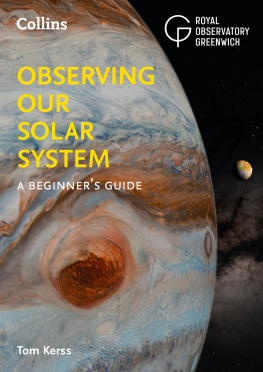
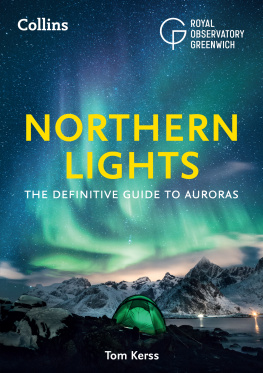
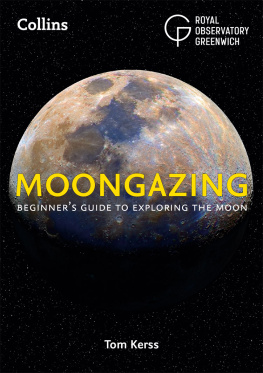
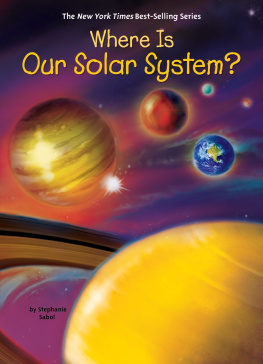
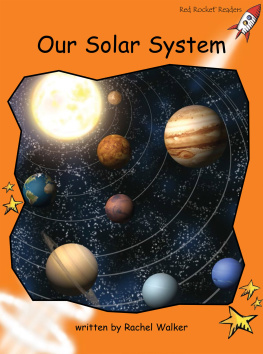
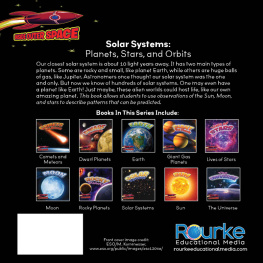
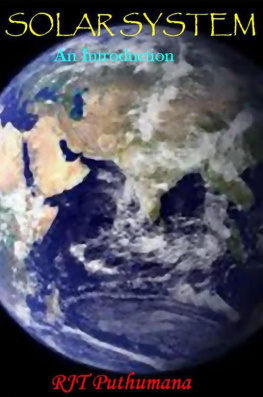
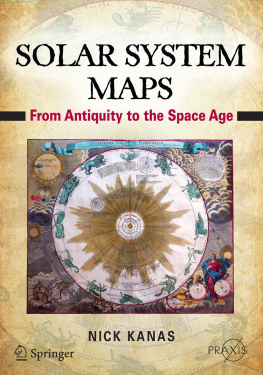

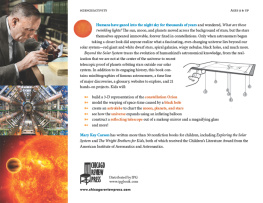
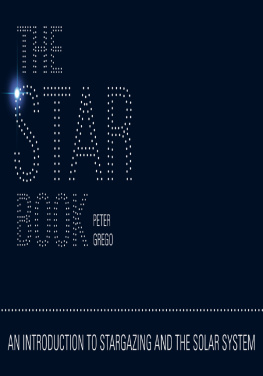

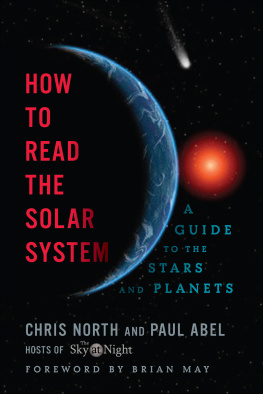
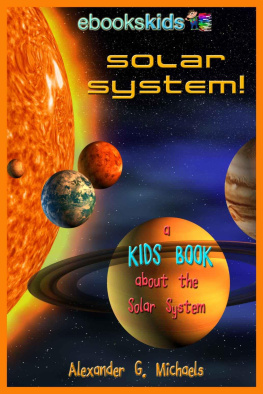
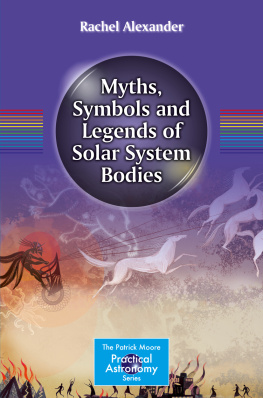
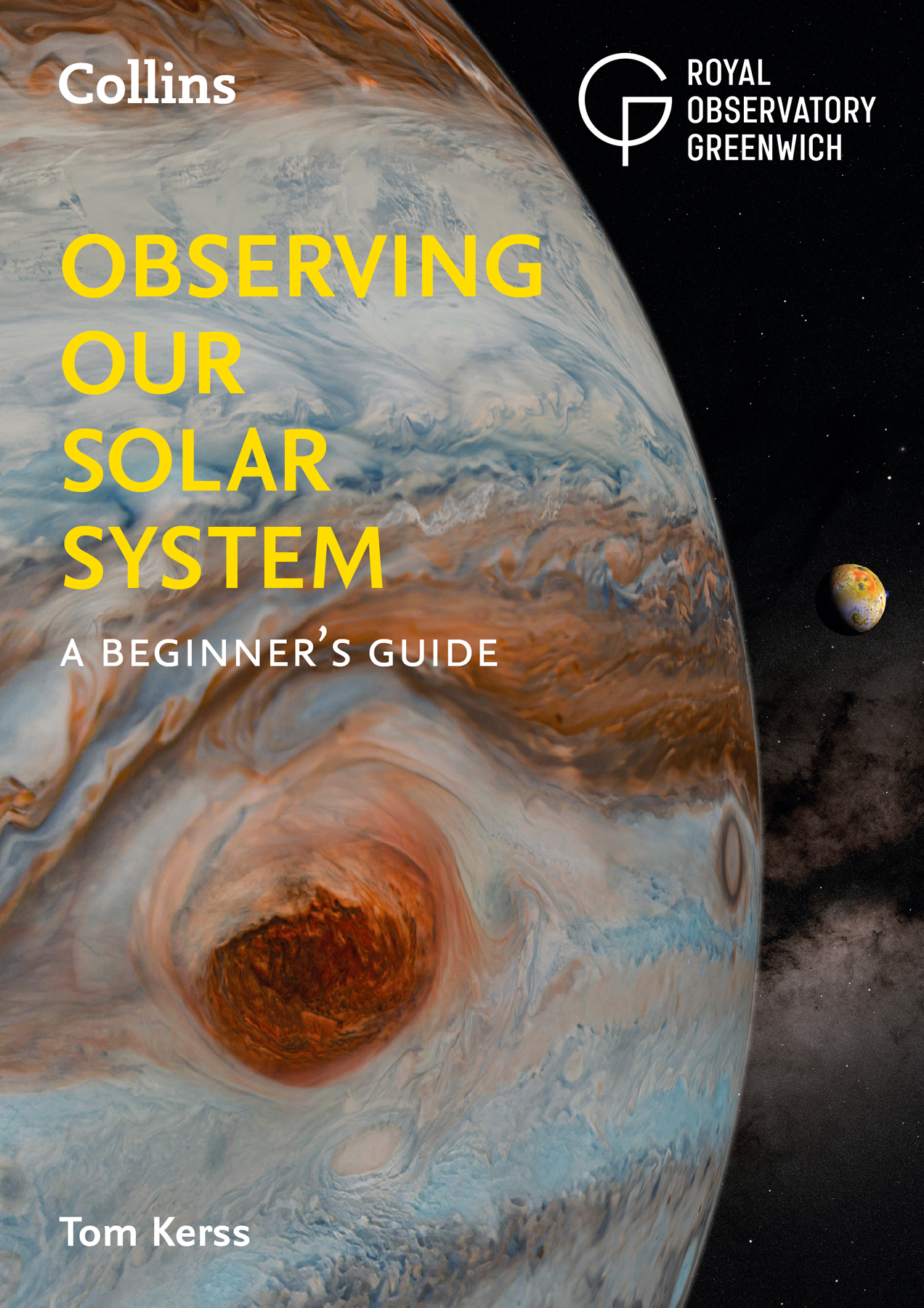
 facebook.com/CollinsAstronomy
facebook.com/CollinsAstronomy @CollinsAstro
@CollinsAstro